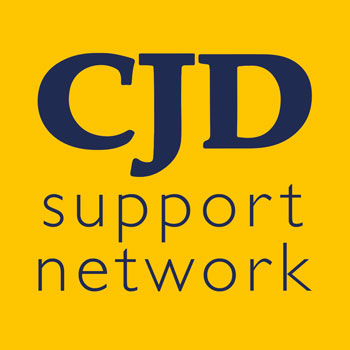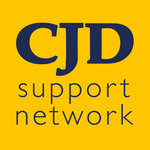What is CJD?
Creutzfeldt-Jakob disease (CJD) is a rare and fatal neurodegenerative disorder that affects the brain and nervous system. Head to our Share Your Story page to read about the lived experience of people with a personal connection to CJD.
Our Support Helpline
0800 774 7317
Ask a Quick Question
What is CJD?
CJD is one of a group of diseases called prion diseases, it affects 1 – 2 people per million of the population per year. The lifetime risk of CJD is around 1 in 5,000.
There are four types of CJD:
Variant CJD
is caused by exposure to bovine spongiform encephalopathy, or BSE, and typically affects younger people. It has a relatively long time course – an average of 14 months from onset of symptoms to death. There is a combination of psychiatric, neurological, and physical symptoms.
Symptoms of CJD
The precise symptoms and clinical time course of CJD vary according to the type of disease. Details for the particular types can be found in our separate Fact Sheets.
Symptoms reflect brain dysfunction and certain features are common in all types: memory problems, confusion, clumsiness, unsteadiness, and jerky movements with progressive disability leading to loss of awareness, loss of mobility, loss of speech, incontinence, and the need for full nursing care.

